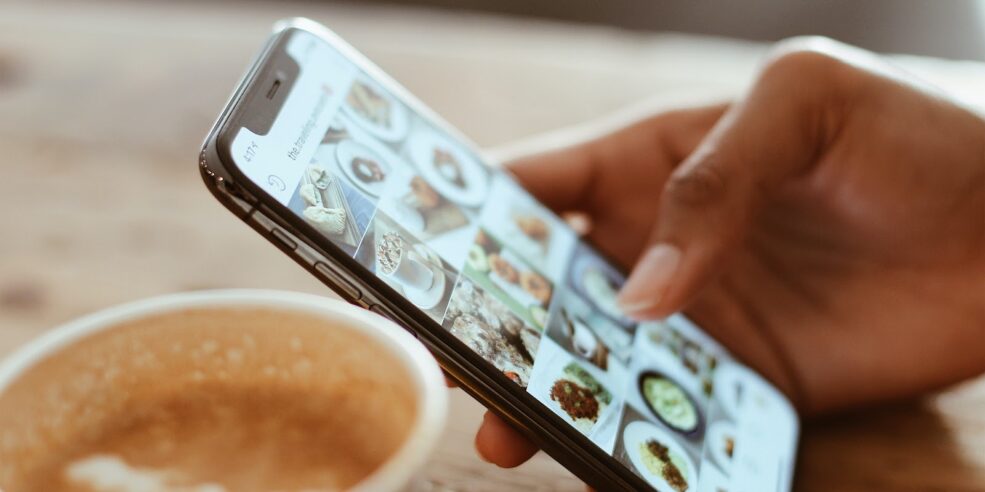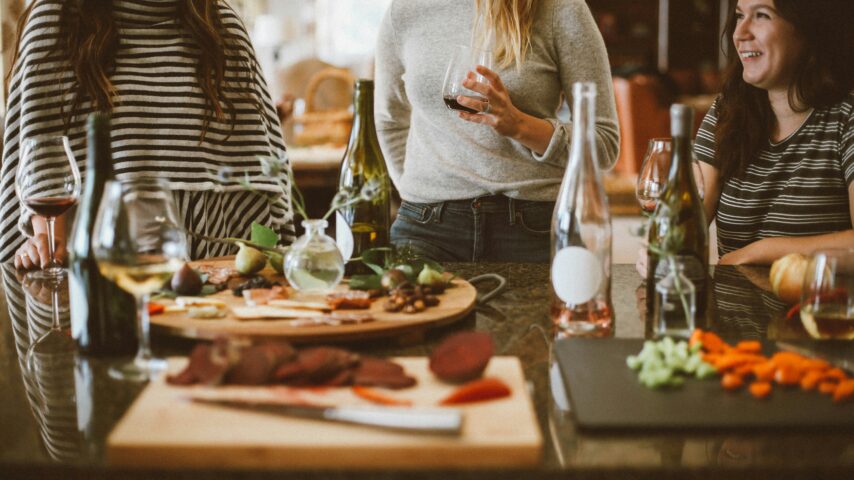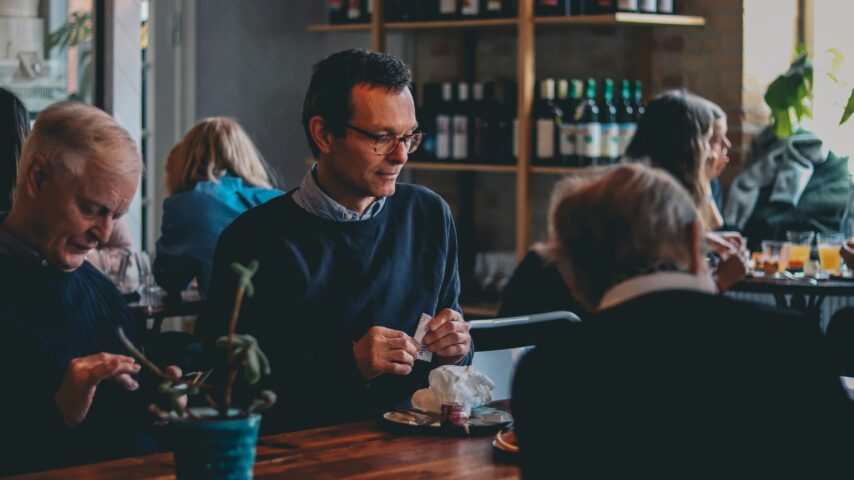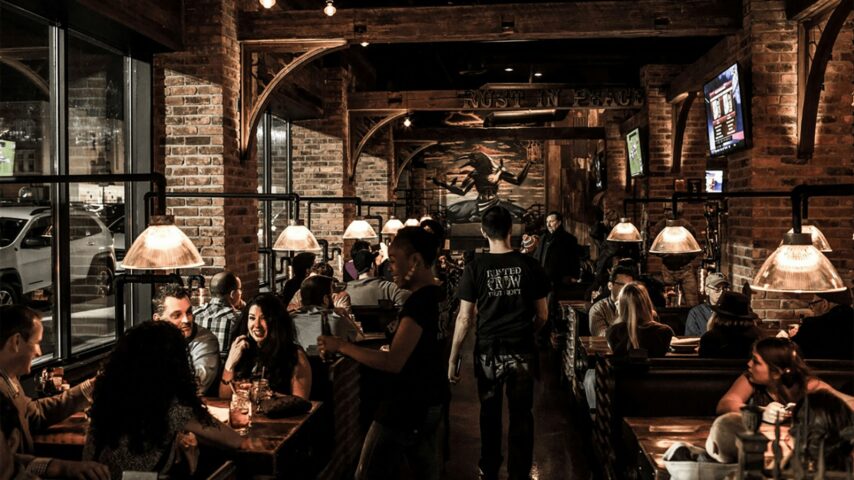Social media nowadays is an absolute must have; that’s really not news to anyone. Having a social presence is something all business owners are encouraged to do, but it can be easy to underestimate the value that social media brings. In today’s virtual world however, having engaged followers can be the difference between being full on your first day of reopening and watching the tumbleweed roll past. Find all our best restaurant social media tips and tricks to bossing your restaurant’s social media strategy in 2021 in this blog!
The pandemic has fundamentally changed the way businesses can engage with customers. Whereas before friends might invite friends to their favourite restaurants, or a potential customer may walk past a new opening after work and decide to check it out, nowadays unless that new opening appears on our daily walk route, no one’s going to find it.
Customer connection is something the pandemic has taken away from restaurateurs. The true definition of hospitality and welcoming fellow humans into our space to enjoy food and each other’s company is no longer possible. That’s where social media fills the gap.
The good news is that social media gives you infinite occasions to show your personality and your brand in the best possible light. It offers far more control than face-to-face interactions (not that face-to-face isn’t the ideal scenario, just looking at the bright side of social media). You can really build your brand identity the way you want to present it with every post, story or ad.
This is especially important considering that the new coming-of-age generation (gen z) have been shown to place shared values as a main driver when picking where to spend their money. Your social accounts give you the space to promote your values and your philosophy which aligns with customers’ and immediately creates a stronger personal bond between the brand and the customer.
Your first steps
This may sound obvious, but you’ll need to decide which platforms to dedicate your time to for your ideal customer profile. Now, you might wonder, ‘I’ve got pages on Facebook, Instagram, and Twitter, what more could I possibly do?’ If you’re using the same content across all those platforms you might not be making the most of those pages.
The platforms are all used differently by different generations. That means if you’re trying to attract the younger crowd, Facebook is not the place for you, but if you’re looking to bring in Boomers and older millennials, you’ve found your niche. Generally, Boomers and older millennials are most likely to engage on Facebook and give genuine reviews and feedback on your page, from ‘checking in’ for a meal to posting photos of their experience.
On the other hand, if you’re targeting younger millennials and ‘zillennials’ (those born between 1995 and 2000 – the new young professionals) Instagram is where you’ll find them. They’re most likely to tag you in their stories if they visit or order from you – and feel elated if you repost their stories.
Finally if you’re looking to hit trendy Gen Z (born after 2000/university aged) Snapchat and Tiktok are the places to make your mark getting involved with the latest trends and interacting with followers.
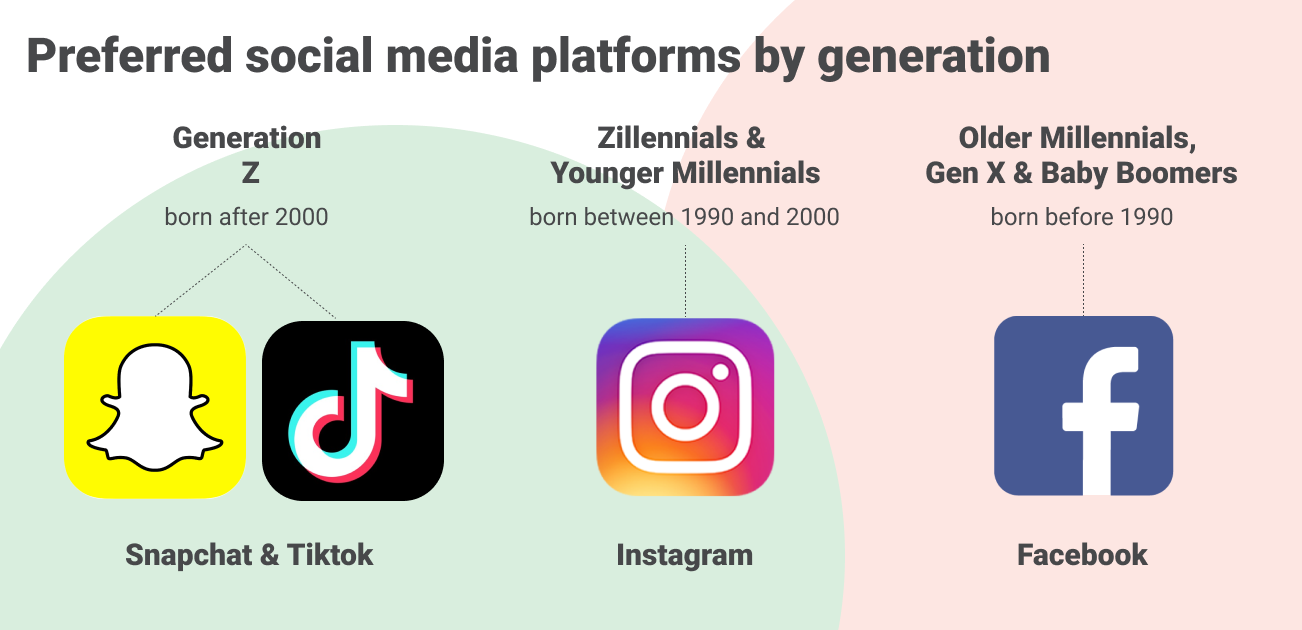
One other consideration is Linkedin. For the most part, Linkedin isn’t a very good platform for brand promotion as it caters more for networking and the B2B space. However, if you do catering business for offices (whenever offices are a thing again), promoting your service on Linkedin could be a good way to generate awareness from corporate clients.
The important thing is that even if you decide to promote yourself on multiple platforms (highly advised), you keep a consistent brand across all of them. Depending on what your customer persona is you’ll likely see most engagement on one in particular, but it’s still important to be found on any of them.
Engagement is key
Ever since the social algorithms rejected the chronological timeline, engagement has been the key to success. That means that it’s no longer just a question of posting a nice picture or video, but rather interacting with your followers. We’ve seen some great examples of getting followers involved in the business from the likes of Pizza Pilgrims who asked for a to show excitement over a potential new menu item.
There are more ways to incite engagement than just asking for comments though. On Instagram in particular, the save and share buttons are especially important. These are supposedly considered more favourably by the algorithm than likes or comments so if you can get people to save your content by sharing promos or recipes that they might need to refer to later or encouraging followers to share on their stories or with their friends some of the offers you may be running, Instagram will promote your content further on the explore page.
The key is to get everyone involved and that could be as simple as asking questions or running polls, to the more complicated live cook alongs or virtual tastings. Everyone’s got something to offer. We’ve seen coffee shops show the right way to brew coffee at home and cocktail bars teaching the art of the espresso martini. It’s just about getting creative! It can also be a great way to promote any DIY kits or boxes you’re selling making it an event friends can do virtually by watching the same video, stream or live.
Social Media is your personal megaphone
Imagine social media as an old town square where town criers shouted out all the news, but multiplied by a billion. These accounts are your personal megaphones and you need to really stand out to be heard. It’s the first place customers will check when looking for answers. We asked Josephine Holman, Marketing Operations Manager at Eathos, why this personal megaphone aspect of social media is so important:
“At a time when people also want instant information and ultimately don’t like to wade into the unknown, social media is there to show customers in picture perfect detail what they will be getting, where it is, what the opening hours are, where the restaurant is located and what other people have had to say about their experience there. Crucially, social media provides insight into customer experience.”
Reopening tip: As April 12th comes nearer, customers are looking for places that offer outdoor dining – if that’s you, make sure it’s known! Outdoor pub gardens or dining areas are big draws and can generate a lot of excitement and demand come reopening.
These posts can also serve to shape your identity and show support for causes that are closest to your brand’s heart whether that’s sustainability, equality, or anything else. As mentioned above, younger generations are more likely to spend with brands that they feel share the same values as they do, so it’s in your best interest to show what you feel strongly about.
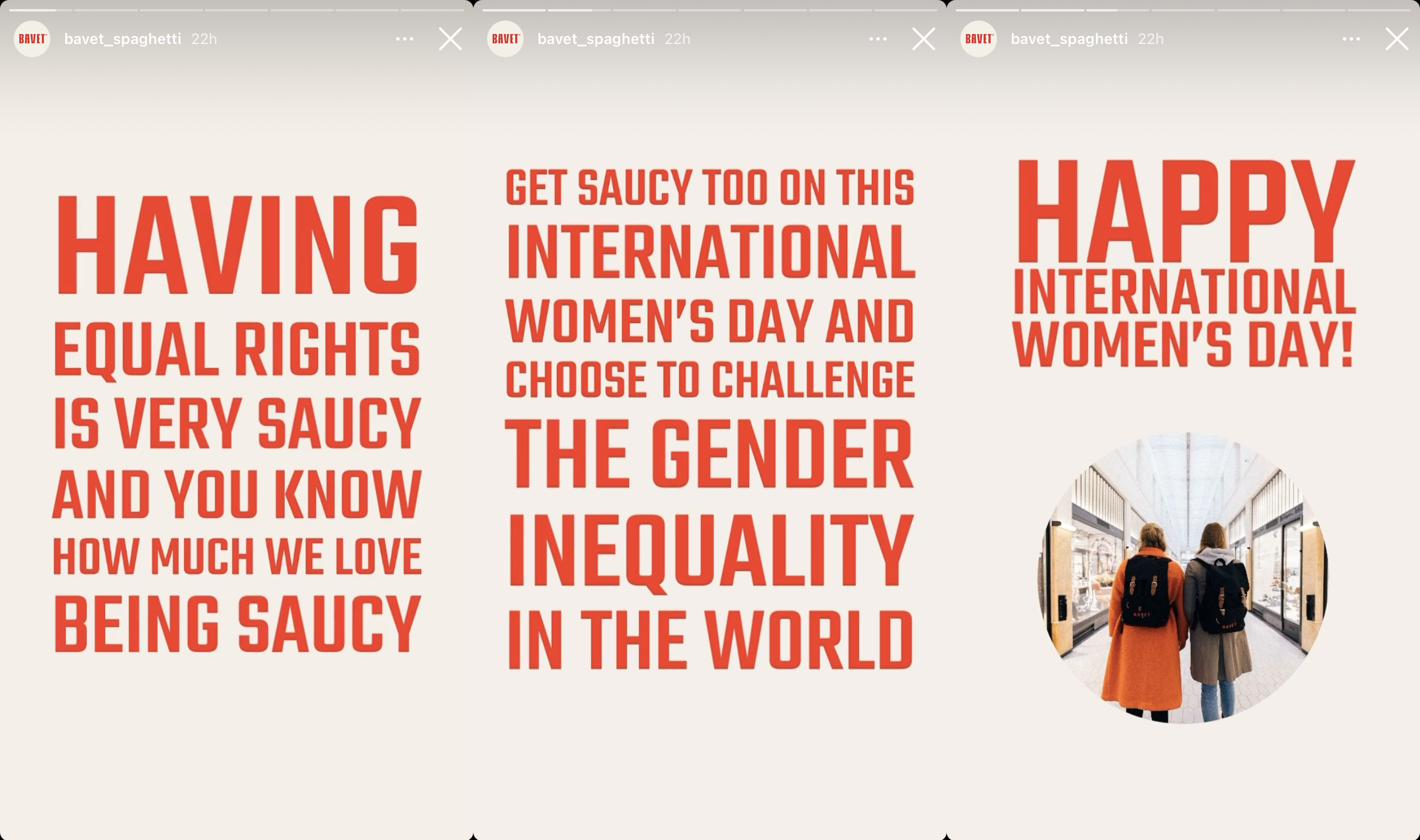
And don’t forget social media is a place to also have fun. It can be a great way to show off your personality and prove that you’re not just a faceless corporation. Nando’s does this especially well following trends and making comedic skits on Tiktok. Not too much effort, but great engagement from their fans.
And remember, traditional bricks and mortar restaurants are not the only operations to benefit from a strong social media presence, virtual brands (ie those that only exist on delivery platforms and operate out of dark kitchens) can really take advantage of these platforms to foster trust in their customers.
Holman expresses that, ‘for virtual brands especially, social media is one of your only tangible pieces of brand identity that you’re able to share with a customer. You don’t have the luxury of presenting beautiful interiors, friendly waitstaff, quirky crockery, etc: your presence largely comprises what people see on social media.’ It gives a human edge to your brand and reassures potential customers that there are real human beings behind the scenes and not just robots creating meal after meal with no personality or pizazz.
FOMO makes the world go round
FOMO (or ‘fear of missing out’) is one of the most powerful tools that posting on socials can give you. Nowadays, with everyone following everything everyone else is doing, seeing a seriously succulent dish promoted on Instagram or Facebook, especially if it’s a limited time offering, can push even the most strong willed of us to swipe up and order.
That swipe up action is a golden ticket. If customers can go from scrolling through their instagram stories to ordering within two taps, they don’t have the time to question themselves, they simply act. But that elusive swipe up is only available once you hit 10,000 followers on Instagram, though you can implement an ‘order now’ button on your facebook page no matter follower count.
The trick to successful swipe ups is putting your best content forward. Professionally shot images that are well edited and really show off your food at its very best is irresistible on its own, but coupled with a promo your interactions will shoot straight up.
Reach broader audiences with ads
As we all know, part of the business model behind platforms like Facebook is selling ad space. They are the absolute best at it as like it or not they have figured out how to accumulate their users’ data and use it to show them the exact right ad at the right time to give the advertiser the best possible chance of a sale. This should absolutely be taken advantage of.
Knowing your ideal customer, you can target ads on social media platforms to the exact demographic and location you think are most likely to want your food. Your knowledge together with the huge amounts of data these platforms have is a recipe for success.
Location-based targeting is extremely useful for restaurants as it allows you to target only the users who fall into your delivery catchment area. This means that you can advertise specific deals you have running on a delivery aggregator or even on your website and send your audience straight to the right page.
Also consider running remarketing ads for those who visit your website (say from a prior ad) but don’t immediately convert to keep your product top of mind and catch them in the exact right moment to drive that sale. It’s one of the cheapest ad formats and can be implemented on Instagram, Facebook and Linkedin.
One small warning though when it comes to one specific type of advertising: influencers. Influencer marketing is a tricky one. On the one hand, influencers with tens of thousands of followers who can genuinely recommend your brand can lead to a real boom in sales. However, there are many stories of so-called influencers asking for free food in exchange for publicity who simply want to take advantage of restaurants.
If you’re going to work with an influencer, make sure to do your research. Remember that follower counts can lie, what you really want to know is what their engagement is like, i.e. how many saves, likes, or clicks they generate on a given post. If that number is high and your brand fits well with theirs, it could work. Although, most successful influencers l will work for a fee rather than simply free food. It’s much the same as paying for ‘traditional’ advertising and should be approached in the same way.
Conclusion
As mentioned at the beginning, it’s really no secret that having a social media presence is a must for restaurants nowadays. In fact, social media managers for big chains are often in the news for their witty retorts and quips. But, it’s not just the big chains who benefit from putting that extra emphasis on their social strategies.
Restaurants of any size benefit from the extra visibility what with everyone being permanently attached to their various screens, you’re bound to find your hardcore fans online who can then spread the word even further. And that loyal following will be key to thriving in this post-pandemic world.
Cover photo by Kerde Severin from Pexels
